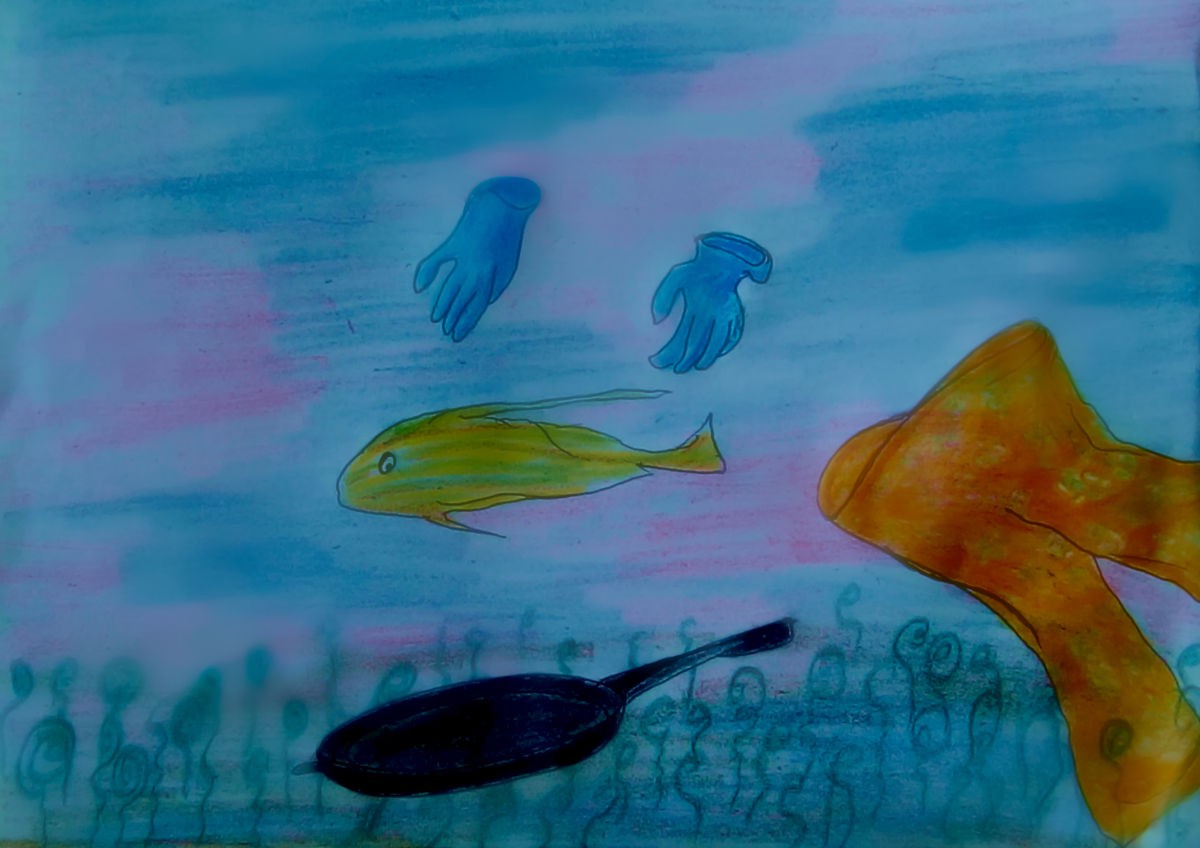What do these things have in common: a microwave popcorn bag, a non-stick frying pan; and your brightly coloured nail polish?
You’ve heard of plastics and pharmaceuticals, but the culprit here is their less-known cousin: PFAS. And no, that ‘S’ doesn’t make it plural, although I get tempted to read it that way too. Known in full as “perfluoroalkyl and polyfluoroalkyl substances”, PFAS is a group of man-made chemicals with ornate acronyms like PFOA, PFOS and GenX.
Like plastic and pharmaceuticals, which we covered earlier this week, PFAS was a miracle product — used in all kinds of things like Gore Tex and teflon pans. Manufacturing began in the 1940s and it soon became clear this chemical was a superhero. And like most superheros, the first PFAS was created entirely by accident — in this case, not by a radioactive spider-bite or murdered parents, but in 1938 by research chemist Roy J. Plunkett trying to make a better kind of CFC.
CFCs, if you remember, are those things they used to have in refrigerators which ended up damaging the ozone layer. But at that time, CFCs were great because they replaced something even worse: ammonia and sulphur refrigerants, which killed dozens of workers annually. CFCs were completely benign by comparison.
During his experiment, Plunkett once tried to mix tetrafluoroethylene with hydrochloric acid in a cylinder and freeze it overnight. In the morning, there was less tetrafluoroethylene than he’d started out with, but more surprising was the white powder that fell out of the cylinder when he tilted it. More of this powder was found stuck at the bottom, and, instead of throwing it away, Plunkettt decided to find out what it could do.
Turns out, it could do a lot.
Plunkett’s new powder was highly resistant to corrosive acids. It could withstand high temperatures. It didn’t easily dissolve in solvents either. Known as poly-tetrafluoroethylene, it was, in fact, what is commonly known these days by the brand name Teflon.
Teflon and its relatives soon became the main ingredient in non-stick and waterproof coatings. However, it wasn’t until the late 60s that the development of these chemicals increased. It all began with a fatal fire incident on a U.S Navy aircraft carrier in 1967. The fire wrecked the ship, killing 134 men, and leaving 161 injured. After this, manufacturers and scientists created a new PFAS that extinguishes fire using a foam mixture called AFFF. This particular PFAS was then installed in the military, on civilian ships, airplanes and airports.
PFAS could repel both oil and water at the same time and was so versatile that manufacturers started putting it in everything: waterproof clothing, shoes, non-stick cookware, personal care products like hairspray and foundation, paints, carpet, fast food wrappers, cardboard packaging, electrical wire casings, surfactants, emulsifiers, and tons of other stuff.
Eggs don’t stick when you cook with teflon and cleaning up is a breeze. Plus who wants to climb Mt. Everest wearing 20 pounds of wet wool when you can wick moisture away with GorTex? Even airports and army bases used PFAS in their fire fighting foam. What a product!
Unfortunately, our greatest triumphs are often our Achilles heel, the widespread use of PFAS has made them insanely persistent in the environment.
The name PFAS describes the entire suite of chemicals with a fluorine and carbon bond so strong they have been dubbed “forever” chemicals. There’s about 5,000 of them under this umbrella but the two most studied are PFOA and PFOS. While the latter has been phased out of production, it has plenty of replacements.
PFAS chemicals migrate through air, water, soil, food, even dust, and they’re also used in packaging.
Likely exposure routes are through food or water contaminated with PFAS, and through our skin via the personal care products and clothing. For instance, when teflon is scratched, the chemicals in the coating are released, so you get to have PFAS with your eggs.
The FDA found PFAS contamination in a lot of foods sampled at the grocery store including seafood, and even chocolate cake. PFAS levels in the cake were at 250 times the federal health advisory.
Currently there are no MCLs — maximum contaminant levels — for PFAS in drinking water, just a health advisory level of 70 ppt — that’s about 3 drops in an entire swimming pool — It’s not an enforceable regulation but it is driven by a risk assessment.
Health effects of PFAS include cancer, liver damage, developmental issues and more.
A report by the CDC found PFAS in the blood serum of practically everyone in the U.S. The number was going down since removing PFAS from many consumer products which is good news, but the industry is replacing the old chemicals with shorter carbon chain chemicals like GenX, and we don’t know a lot about these shorter chain chemicals.
We do know more research is needed to understand the fate and transport and exposure routes and that’s going to take more time, time that water and humanity may not have.
Regulating PFAS is a complicated issue, but that doesn’t mean that the water utilities haven’t figured some things out. PFAS are resistant to chemical treatment but they can be removed using granular activated carbon (GAC), reverse osmosis, and ion exchange.
So the utilities have tools to address this contamination, but maybe you’re asking what you can do to help. The best thing is to look for products that use minimal chemicals. It’s not everything, but it’s a start.
Feeling helpless? Once you see everything that’s going wrong with plastics, pharmaceuticals, and PFAS, it’s easy to throw up your hands and give up hope. The problem’s just so big, there’s nothing you could possibly do to help…is there? Well, like many stories, this one’s going to have a hopeful ending. Stay tuned for Friday, when we can — to use an ugly metaphor — kill three birds with a stone, instead of just one!
